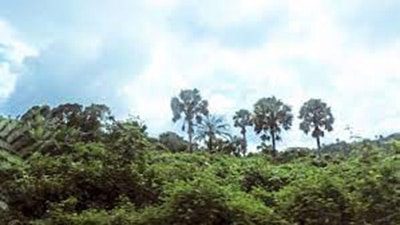Last Updated on 28 November 2024
Lowlands refer to the areas below 300m above sea level (whilst highlands are 500 – 600 level above sea level). In other words, areas or regions with low sea levels or at sea level are called lowlands. They form by deposition of lava through water, wind, or soil erosion.

Areas of lowlands in Nigeria
Areas of lowlands in Nigeria and their altitudes or heights are as follows:
- The Chad Basin or Bornu plain (328ft-984m)
- The coastal plain (0-328ft)
- The Cross River Basin (393ft-590ft)
- The interior coastal lowland of Western Nigeria (328ft-984ft)
- The Niger-Benue trough/valley (328ft-984m)
- The Niger-Delta (0-328m)
- The Sokoto plain in the North West (656ft-984ft)
Importance of Lowlands in Nigeria
- Plains, especially level ones are good for human habitation.
- Sources for rich mineral resources like petroleum and coal
- In rich deposit, it may serve as rich fertile soil for agriculture
- it serves as a better site to construct roads, railways, airports
- Source of rivers in plains domestic and industrial purposes.
- Plains are good for animal husbandry and even crop production in areas of low rainfall
- It creates opportunities for employment for Nigerians
- Lowlands have a suitable environment for many agricultural products.
Disadvantages of Lowlands In Nigeria
- Chances of floods are higher in plains
- Vulnerable to natural disasters than other areas
- Soil erosion may occur mainly in the plain region
- It’s densely populated most times
- Many plants cannot grow in plain areas like coffee





